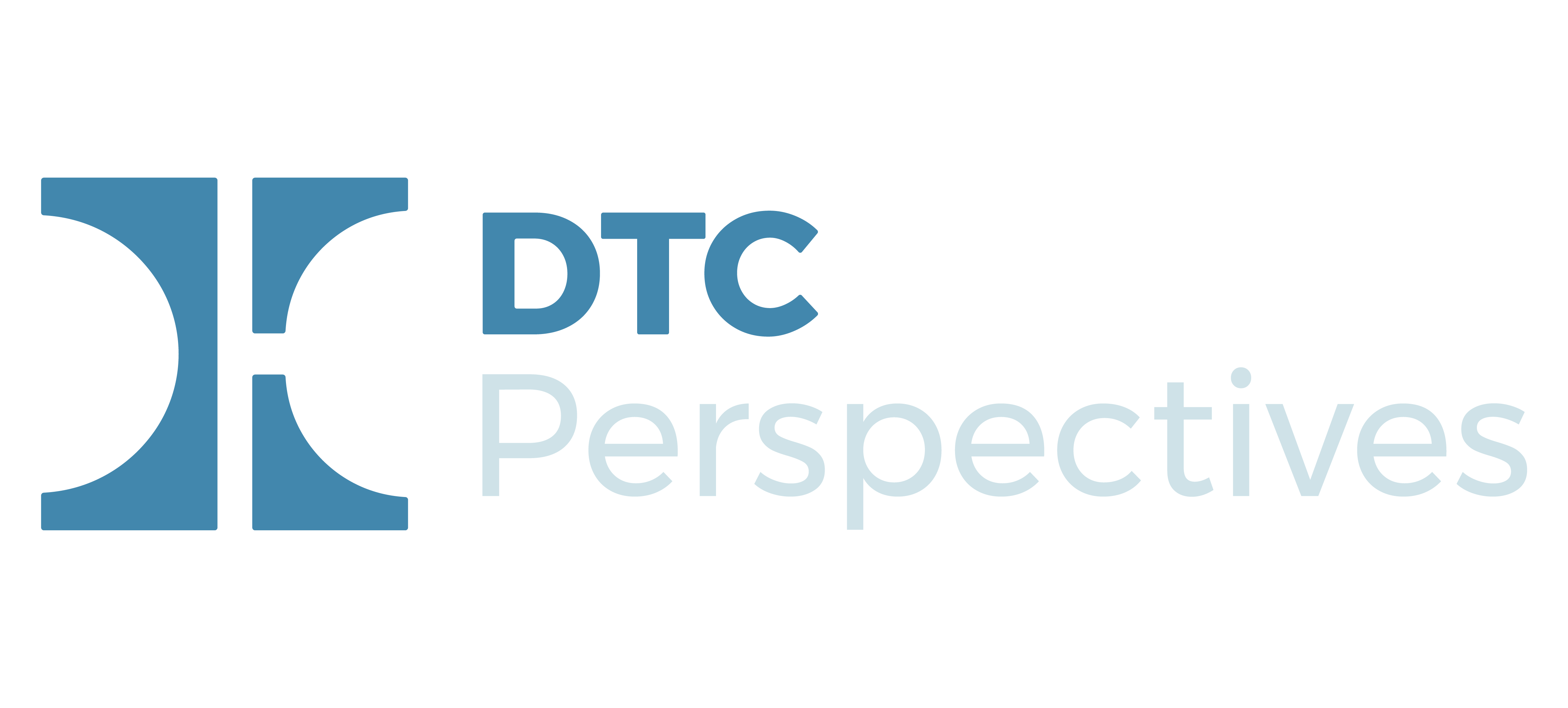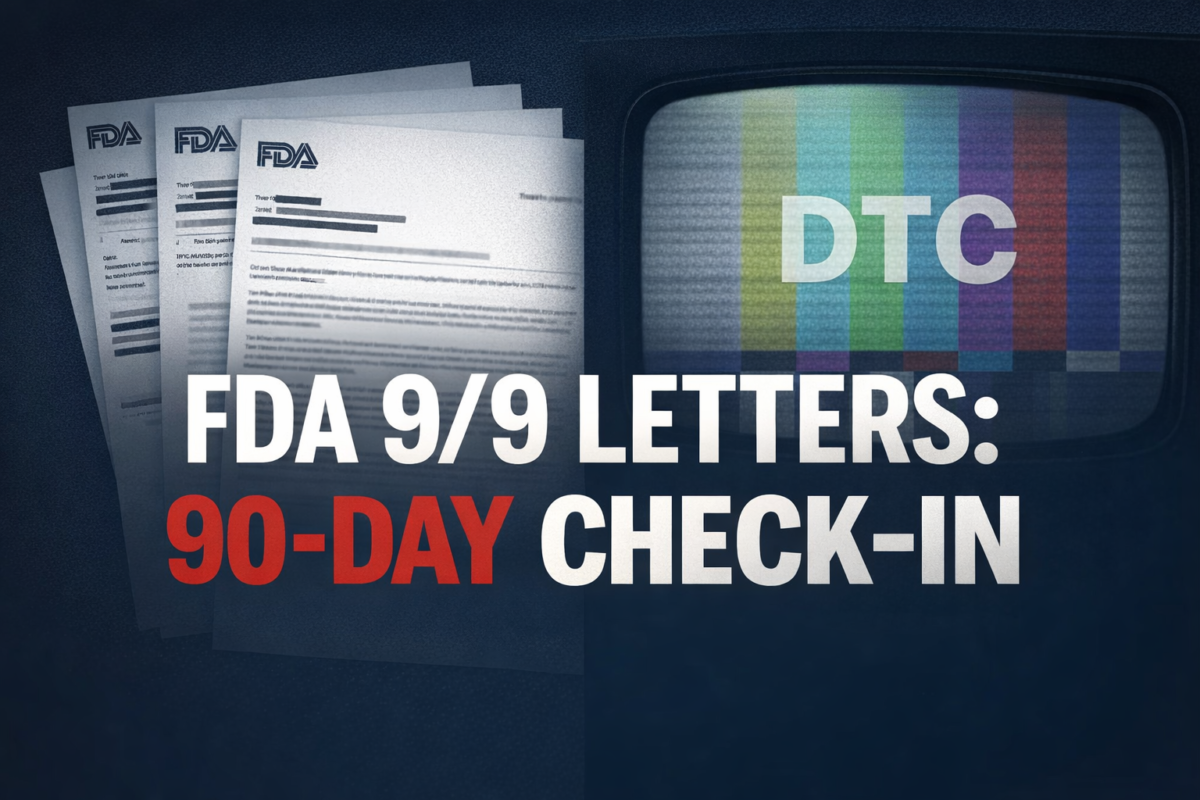The FDA 9/9 letters reshaped DTC advertising. Three months later the real impact is emerging, from ad pauses to pushback on net impression claims. On September 9 the FDA issued 27 untitled letters to pharma companies over allegedly misleading television ads. We reviewed what has actually happened to the DTC efforts of those cited brands.
Nine brands have gone completely dark on television. Eleven are still running what appear to be the same ads, which likely means they are disputing FDA’s interpretation or are negotiating modifications. Four brands have revised the cited ads and returned to air. Three have introduced entirely new creative.
Only four matters have been formally closed, indicating FDA has accepted the company response. The fact that eleven cited ads are still on air suggests drug makers believe they remain in compliance and are prepared to defend their position.
FDA’s rationale for citations varies, but the most common is overstated efficacy. Sometimes FDA points to clinical data they believe contradicts the claim. Other times they argue the “net impression” overstates benefit, even when the supers are clinically accurate. In those cases, FDA says the emotional tone—patients looking “too happy,” “too energized,” or “too cured”—creates an impression inconsistent with the drug’s actual performance.
Another recurring issue is distraction during fair balance: rapid scene cuts, visually stimulating footage, heavy music, or supers that are difficult to read. These are adjustments drug makers can fix relatively easily. Consumers are not harmed by a more subdued fair balance section; in fact, boring is often better.
A tougher FDA means advertisers must be more cautious, not that they should abandon television.
|
|











